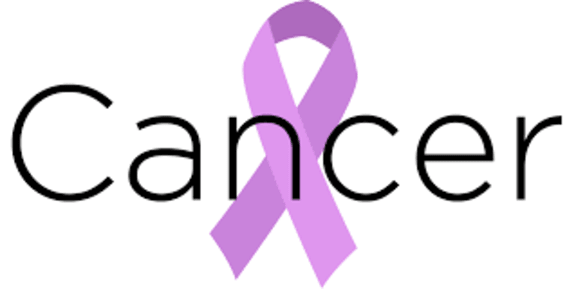
Cancer Projection & Prevention
In recent years, a troubling trend has emerged in the Western world—cancer rates are on the rise. Among the top culprits are breast cancer, prostate cancer, lung cancer, and colorectal cancer (CRC). As this unsettling reality unfolds, a recent study published in Scientific Reports delves into the potential impact of rigorous cancer prevention strategies.
Unveiling the Study’s Scope
Drawing upon the vast repository of the Nordic cancer statistics database, NORDCAN, researchers have unearthed concerning projections. Moreover, the study sheds light on the potential reduction in cancer prevalence that could be achieved through the meticulous application of known preventive measures.
The Burden of Cancer: A Growing Concern
Cancers, relentless in their persistence, pose long-term and demanding health challenges. It becomes imperative, therefore, to embed cancer management within existing healthcare systems, particularly as the burden of cancer is expected to surge.
The Power of Prevention: Three Key Pillars
At the heart of the study lie three pivotal preventive measures: quitting smoking, maintaining a healthy body weight, and moderating alcohol consumption. Earlier research has hinted at the transformative potential of these factors, suggesting that focusing on them could prevent up to 15% of new cancer cases over the next three decades.
Aging Populations and the Cancer Equation
Age remains the primary risk factor for cancer, especially in the context of epithelial cancers. This reality takes on a pronounced significance in Nordic countries, where the aging population contributes significantly to the cancer burden. In Denmark, for instance, two out of every three cancers are attributed to individuals aged 65 years and older.
Modeling Prevention: Scenarios of Change
Through meticulous modeling, researchers have envisaged three scenarios targeting the core risk factors. Consequently, these scenarios provide insights into Denmark’s prevalent cancer trajectories: no change, halving exposure, and complete elimination from 2022 onward. Ultimately, these projections shed light on potential outcomes.
Projections Unveiled: The Impact on Cancer Incidence
The study’s findings paint a nuanced picture of the future cancer landscape. Prostate cancer, it is estimated, could witness a 25% increase in incidence by 2050, followed closely by breast cancer at approximately 20%. However, the starkest projections emerge for CRC, where women could see a staggering 33% rise, and men a formidable 39% increase.
A Glimmer of Hope: Potential for Preventive Measures
Despite the daunting projections, there is cause for cautious optimism. The study suggests that with stringent preventive measures in place, the incidence of CRC could plummet by approximately 28% in men and 16% in women by 2050.
Lung Cancer and the Smoking Conundrum
The specter of smoking looms large over lung cancer incidence, accounting for a significant proportion of new cases. In Denmark, at least 75% of new lung cancers can be attributed to smoking. Furthermore, the study projects a potential 70% reduction in lung cancer cases if smoking were to be eradicated today—a striking testament to the power of prevention.
Unavoidable Realities: Navigating the Future
Despite the best efforts in prevention, certain realities remain steadfast. Projections suggest that breast cancer and CRC rates are likely to stabilize by 2050. However, prostate cancer cases are anticipated to rise by 25%, driven primarily by the aging demographic.
A Call to Action: Embracing Holistic Cancer Care
In the face of these projections, the study underscores the critical need for early detection and tailored screening programs. Moreover, as survival rates for cancer patients continue to improve, a comprehensive approach to cancer care becomes increasingly imperative.
Conclusion: Charting a Path Forward
The findings underscore evolving cancer trends, stressing preventive measures’ transformative power and proactive care’s necessity.
Moreover, as we navigate the complexities of an aging population and rising cancer rates, it is imperative to invest in holistic strategies. Additionally, this comprehensive approach, encompassing prevention, early detection, and targeted interventions, offers a beacon of hope in the face of a formidable challenge.
Embracing the Journey Towards Cancer Prevention and Care
The road ahead may be fraught with challenges, but it is also paved with possibilities. By embracing the study’s lessons, we move towards a future of preventing, not just managing, cancer. Let’s navigate this evolving landscape with knowledge, compassion, and a commitment to a healthier tomorrow.









One thought on “Cancer Projection & Prevention”